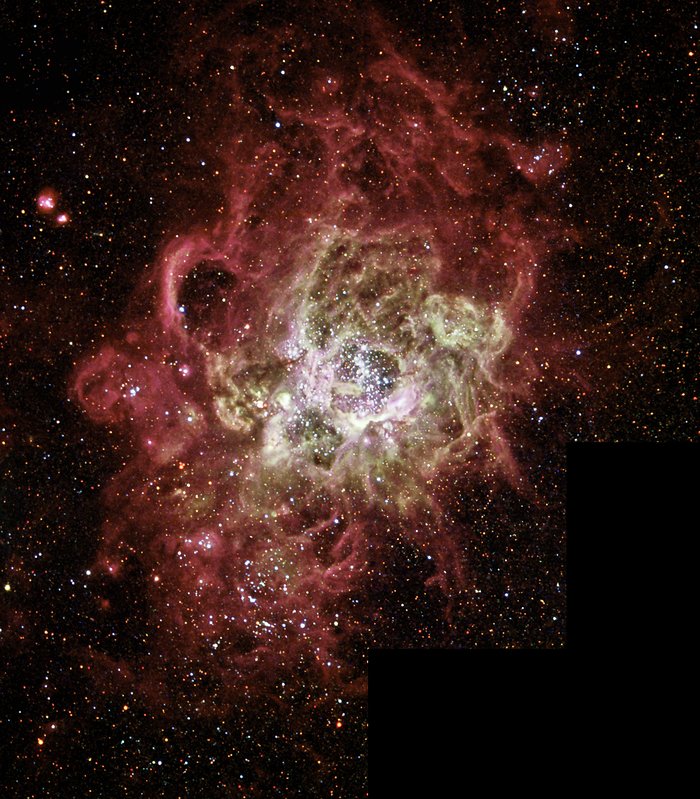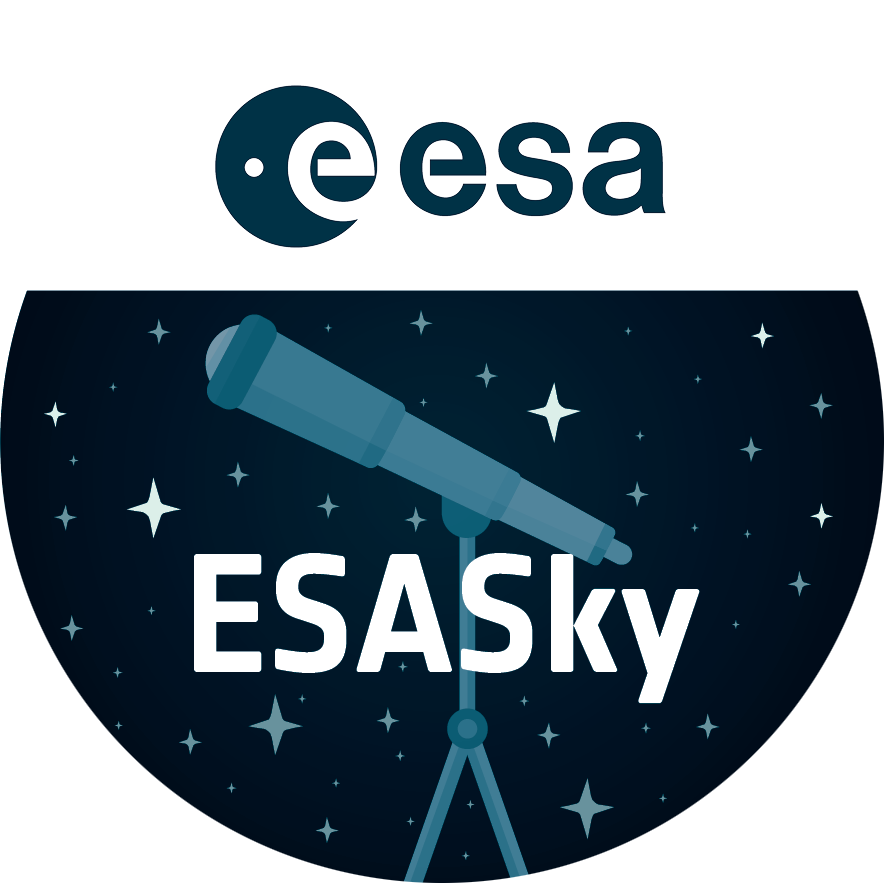Firestorm of star birth seen in a Local Galaxy
This festively colorful nebula, called NGC 604, is one of the largest known seething cauldrons of star birth in a nearby galaxy. NGC 604 is similar to familiar star-birth regions inour Milky Way galaxy, such as the Orion Nebula, but it is vastlylarger in extent and contains many more recently formed stars.
This monstrous star-birth region contains more than 200 brilliant blue stars within a cloud of glowing gases some 1,300 light-year sacross, nearly 100 times the size of the Orion Nebula. By contrast,the Orion Nebula contains just four bright central stars. The bright stars in NGC 604 are extremely young by astronomical standards, having formed a mere 3 million years ago.
Credit:About the Image
About the Object
| Name: | NGC 604 |
|---|---|
| Type: | Local Universe : Nebula : Appearance : Emission : H II Region |
| Distance: | 3 million light years |
| Constellation: | Triangulum |
| Category: | Nebulae |
Classic Wallpapers
Coordinates
| Position (RA): | 1 34 32.62 |
|---|---|
| Position (Dec): | 30° 47' 2.01" |
| Field of view: | 1.97 x 2.23 arcminutes |
| Orientation: | North is 20.2° right of vertical |
Colours & filters
| Band | Wavelength | Telescope |
|---|---|---|
| Ultraviolet U | 336 nm |
Hubble Space Telescope
WFPC2 |
| Ultraviolet Oii | 375 nm |
Hubble Space Telescope
WFPC2 |
| Optical H-beta | 487 nm |
Hubble Space Telescope
WFPC2 |
| Optical Oiii | 502 nm |
Hubble Space Telescope
WFPC2 |
| Optical V | 555 nm |
Hubble Space Telescope
WFPC2 |
| Optical H-alpha | 656 nm |
Hubble Space Telescope
WFPC2 |
| Optical Nii | 658 nm |
Hubble Space Telescope
WFPC2 |
| Optical Sii | 673 nm |
Hubble Space Telescope
WFPC2 |
| Infrared I | 814 nm |
Hubble Space Telescope
WFPC2 |
| Infrared Siii | 953 nm |
Hubble Space Telescope
WFPC2 |


